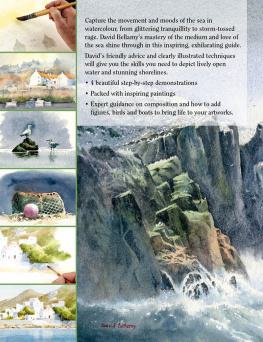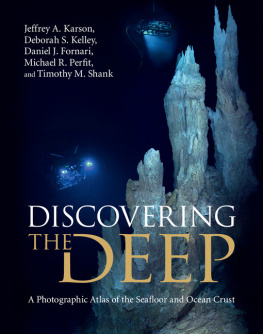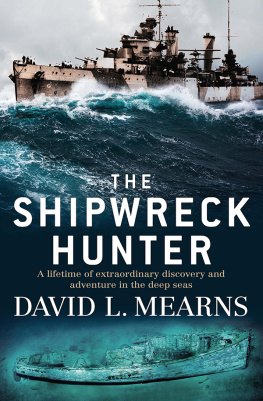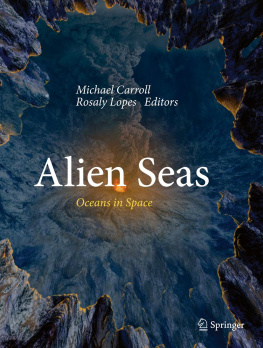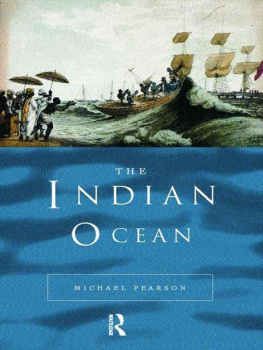Contents
EDITORS
SARAH A. CORBET, S C D
DAVID STREETER, MBE, FIB IOL
JIM FLEGG, OBE, FIH ORT
P ROF . JONATHAN SILVERTOWN
P ROF . BRIAN SHORT
*
The aim of this series is to interest the general
reader in the wildlife of Britain by recapturing
the enquiring spirit of the old naturalists.
The editors believe that the natural pride of
the British public in the native flora and fauna,
to which must be added concern for their
conservation, is best fostered by maintaining
a high standard of accuracy combined with
clarity of exposition in presenting the results
of modern scientific research.

William Collins
An imprint of HarperCollinsPublishers
1 London Bridge Street
London SE1 9GF
WilliamCollinsBooks.com
This eBook edition published by William Collins in 2016
Copyright Peter J. Hayward, 2016
Peter J. Hayward asserts the moral right to be identified as the author of this work.
Cover design by Robert Gillmor.
A catalogue record for this book is available from the British Library.
All rights reserved under International and Pan-American Copyright Conventions. By payment of the required fees, you have been granted the non-exclusive, non-transferable right to access and read the text of this eBook on-screen. No part of this text may be reproduced, transmitted, downloaded, decompiled, reverse engineered, or stored in or introduced into any information storage and retrieval system, in any form or by any means, whether electronic or mechanical, now known or hereinafter invented, without the express written permission of HarperCollins Publishers.
Source ISBN: 9780007307296
Ebook Edition April 2016 ISBN: 9780008163549
Version: 2016-03-18
For Sam, Ben, Isaac and George
T he New Naturalist Library has produced few titles on the seas, and up to now the marine benthos has hardly been touched on. Two classic works produced more than half a century ago were C. M. Yonges The Sea Shore (1949) (succeeded by Peter Haywards Seashore (2004)) and Sir Alister Hardys The Open Sea , published in two volumes. The second volume, Fish and Fisheries (1959), devoted 50 pages to the benthos because of its vital importance to fishes either as their prey or as voracious predators for limited supplies of food.
Since then human activities have put the integrity of benthic communities at risk but have not diminished their significance for fisheries, and advances in research and techniques have greatly increased our understanding of happenings on the floor of the shallow seas that overlie the continental shelf. Now Peter Hayward extends and updates our understanding of this fascinating habitat, so that for the first time naturalists, even if they are not scuba divers, can begin to appreciate the variety of environments and the diversity of organisms found there. He introduces us to a hitherto mysterious and inaccessible system that is important not only as a source of fish for the table and a sink for rubbish from the land, and as a warning signalling the potential consequences of climate change, but also because it is for most naturalists a new and unfamiliar world that deserves to be widely appreciated and wisely managed.
T he margins of the continents, especially broad in the North Atlantic region, are drowned by shallow seas, creating a sea-floor environment termed variously the sublittoral or shallow shelf, and part of the wider and deepening benthic realm. Continental-shelf seas are the most biologically rich and productive areas of the world ocean. This book addresses some aspects of the natural history of the benthic environment of the shelf seas of northwest Europe, and its biological communities, the benthos.
In northern Europe, naturalists began to investigate coastal marine habitats in the seventeenth century, and seashore studies reached an apogee in the second half of the nineteenth century, by when the development of small bottom dredges had initiated the exploration of the shallow sea floor. Marine biology began with the studies of enthusiastic amateur naturalists, and there are many who continue the amateur tradition today. Scuba, together with digital cameras and video recorders, provides the modern naturalist with opportunities for exploring the marine environment that Victorian enthusiasts would have wondered at. Thus equipped, the amateur naturalist is able to continue to make original contributions to marine biology, but only with regard to inshore habitats, and at the shallowest depths. Surveying the benthic environment offshore involves expensive, ship-borne sampling procedures. Many biological science students will have had the opportunity to see grabs, dredges and trawls deployed from research vessels operated by marine biology stations, and to examine and to identify their catches in seawater tanks. Some postgraduate students will have had the privilege of participating in research projects and programmes that involved extensive shipboard fieldwork, and long periods in the laboratory developing familiarity with benthic faunas. It is also likely that many amateur marine biologists will have become familiar with benthic biology and ecology through attending classes provided by field stations. My own experience of the benthos derives from more than enough hours aboard coastal research vessels, and many more, and more comfortable, hours in the laboratory, over a period of 28 years conducting practical classes in benthic marine biology.
It is a challenge to present a convincing account of the natural history of an environment that is rather difficult to envision. Away from rocky coastlines the sea floor is rather flat, often muddy, beneath turbid water with low or no visibility. Benthic faunas mostly live within the sediment of the sea floor, or are sparsely and patchily distributed upon it, and if at all motile are likely to withdraw into burrows or move quickly away on disturbance. Yet, dredges and grabs reveal an often extraordinary diversity and density of animals, suggestive of complex interacting communities. This is not a textbook of marine benthic ecology, nor is it a comprehensive review of the benthic communities of the northwest European shelf seas. Rather, it describes the natural history of some benthic habitats and associations characteristic of our region. It is based upon my joint experience, with friends, colleagues and students, of marine animals and communities, and further informed by the published research of many other fellow marine biologists. I wish to thank all whose work I have relied upon in exploring and explaining those aspects of the field that I find of particular interest. All sources consulted are cited, but I take responsibility for any errors of fact or interpretation.
Finally, it is a pleasure to offer sincere thanks and appreciation to all the friends and colleagues with whom I have spent so many pleasant hours. Special thanks are due in particular to Jill Ireland, John Lancaster, Helen Marshall, Keith Naylor, Joanne Porter, Emily Roberts, John Ryland, and the students and demonstrators of the Millport forays. Jim Ellis, John Lancaster, Joanne Porter and John Ryland kindly provided many of the fine photographs embellishing this book.
FIG 1. At Europes rim: the Cliffs of Moher, Co. Clare, Ireland. (Liam Morrison)
The page numbers in this index relate to the printed version of this book; they do not match the pages of your eBook. You can use your eBook readers search tool to find a specific word or passage.


